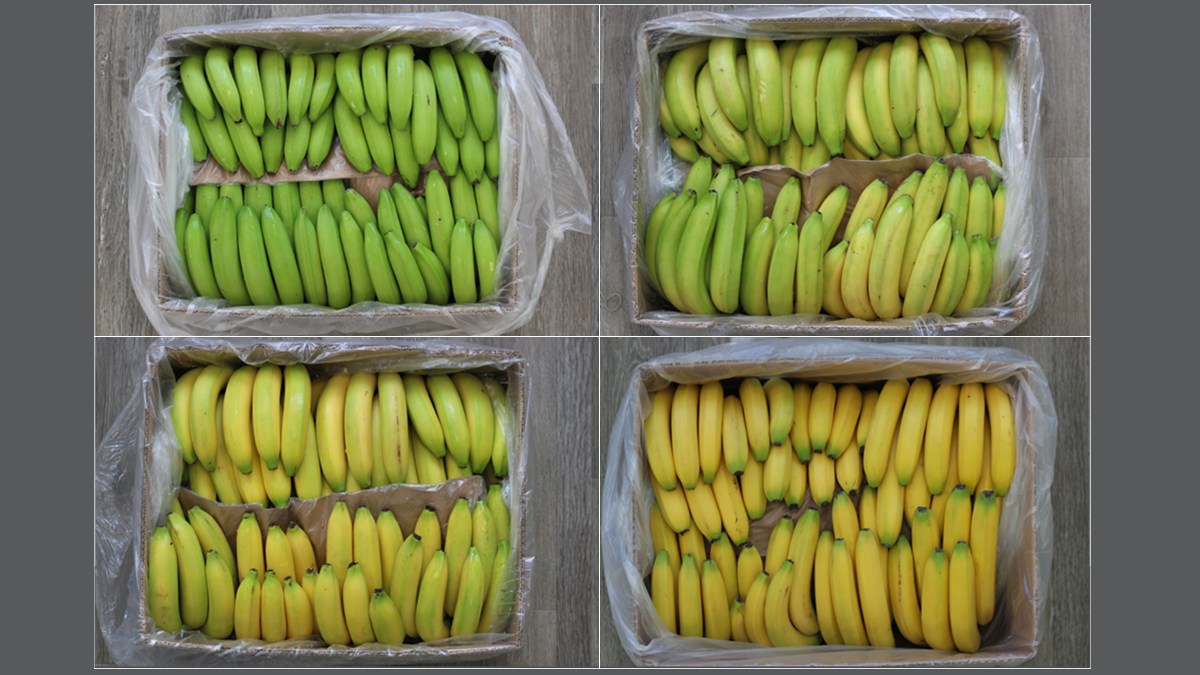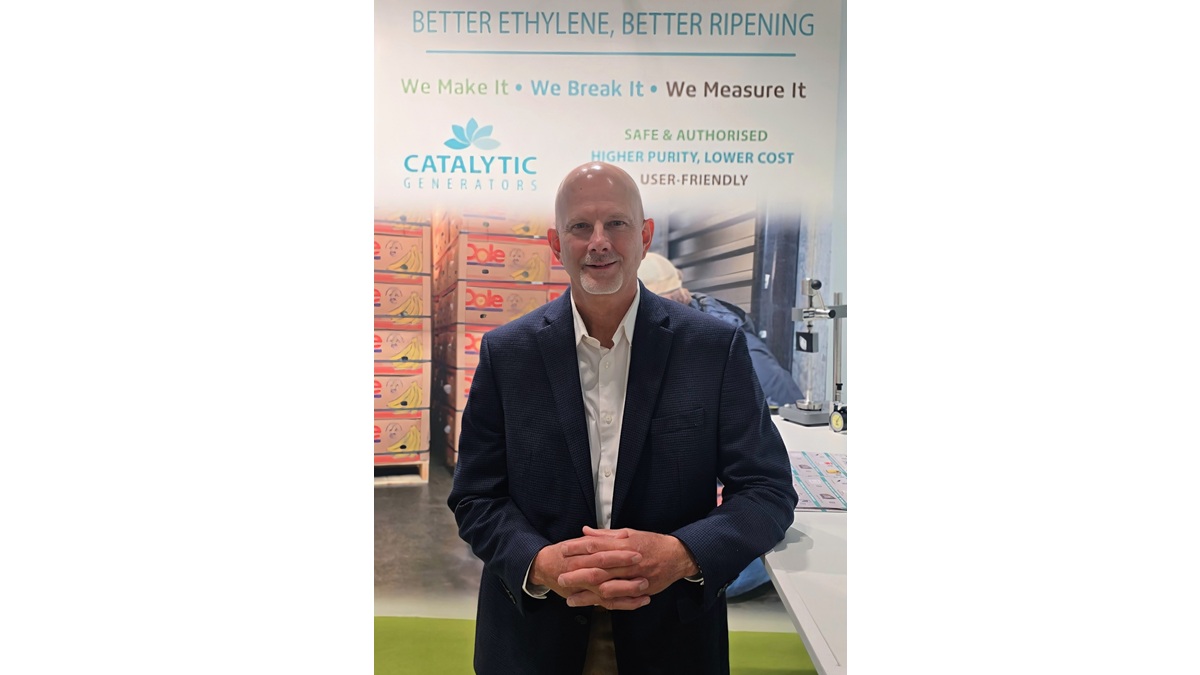Cooling and CA , Measurements
Ethylene improves aroma, color and softening of Honeydew melons
Conditioning or ripening honeydew melons with ethylene will not make them sweeter; however, there are benefits to ethylene exposure, including improved aroma, color and softening. CATALYTIC GENERATORS has collected best practices for ripening honeydew melons for you!
04 May, 2020
Conditioning or ripening honeydew melons with ethylene will not make them sweeter; however, there are benefits to ethylene exposure, including improved aroma, color and softening. CATALYTIC GENERATORS has collected best practices for ripening honeydew melons for you! Adjust pulp temperatureTo begin ripening, bring honeydew pulp temperature to 68 77°F (20 25°C). Apply ethyleneApply 100-150 ppm ethylene for 24-48 hours during the initial phase of the ripening cycle. To achieve this, the generator setting will depend on the size of the ripening room. Vent carbon dioxide consistentlyIf no automatic ventilation system is in place, then be sure to vent to prevent carbon dioxide buildup in the room by opening the doors for 20 minutes approx. every 12 hours (even while applying ethylene). The actual CO2 level must be kept below 1% for proper ripening. Maintain proper humidity levelsMaintain humidity at 90% to prevent shrinkage during ripening. Check exterior physical traitsOnce melons lose most of their greenish tint, have no noticeable peel fuzz and emit an aroma, they are producing their own ethylene and no longer need external ethylene. Recommended Ethylene Generator Settings- Setting 1 for rooms 1600 2500 cubic feet.- Setting 2 for rooms 2500 5000 cubic feet.- Setting 3 for rooms 5000 7500 cubic feet.- Setting 4 for rooms 7500 10000+ cubic feet.












